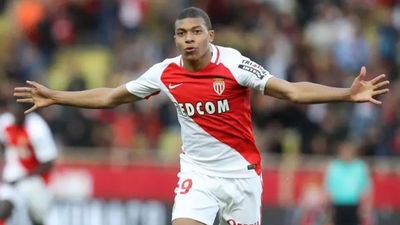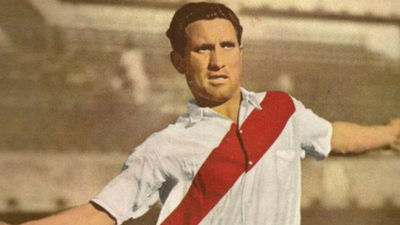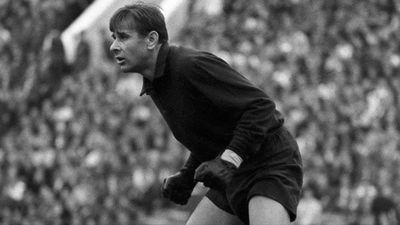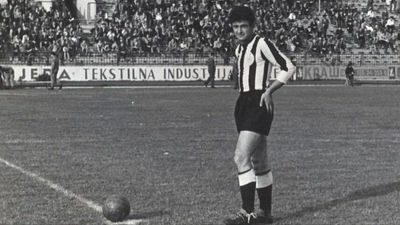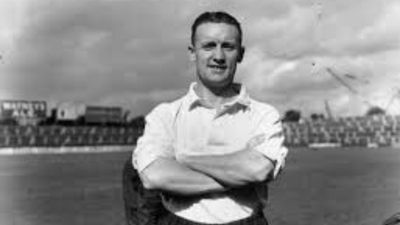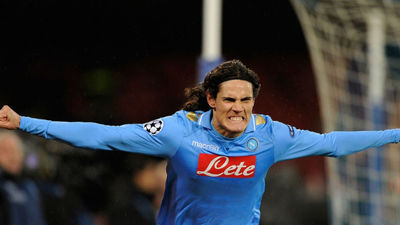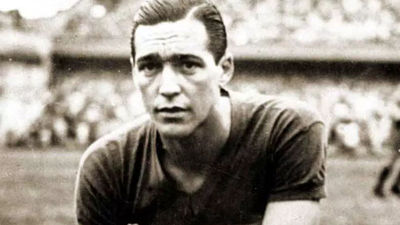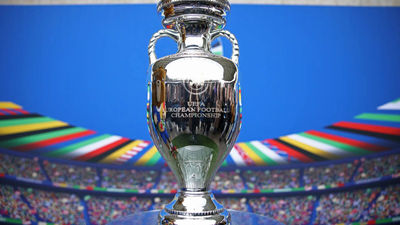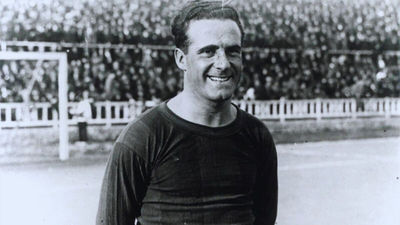Between 1941 and 1947, this Argentinian squad won four domestic titles, placed second twice, and played exquisite football while Europe was at war. The inventive five-man attack was unstoppable, playing an example “Football '' 30-years ahead of their time, with a famed forward line known as ‘La Maquina' (The Machine). Among other achievements, the squad won four Primera División divisions and three Copa Aldao’s.
Coach: Jose Maria Minella
Trophies: 4 Primera Division (1941, 1942, 1945, 1947), 2 Copa Dr. Carlos Ibarguren (1941, 1942), 1 Copa Adrián C. Escobar (1941), 3 Copa Dr. Ricardo Aldao (1941, 1945, 1947)
Star Players: Juan Carlos Muñoz, José Manuel Moreno, Adolfo Pedernera, Ángel Labruna, and Félix Loustau
One of La Maquina's main rivals bestowed the highest praise on the squad. Ernesto Lazatti, a former Boca Juniors standout from the 1940s, said: "I play against La Maquina with the full intention of beating them, but as a fan of football, I would prefer to sit on the stands and watch them play".
Forwards Juan Carlos Munoz, Jose Manuel Moreno, Adolfo Pedernera, Angel Labruna, and Felix Loustau were the basis of la Maquina. Among other achievements, the squad won four Primera División divisions and three Copa Aldao’s. After River Plate defeated Chacarita Juniors 6–2 on June 12, 1942, Borocoto, an Uruguayan sports journalist working for El Grafico, gave them the nickname. Borocoto used the adjective to describe the forward line's performance on the pitch. La Maquina, as the Netherlands national football team was dubbed during the 1974 FIFA World Cup, is sometimes compared to the famous Clockwork Orange due to its dynamism and shifting positions.
The legendary 'La Maquina' forward line began in June 1941, when Adolfo Pedernera took over at centre-forward for Roberto D'Allessandro and concluded in November 1946, when Pedernera retired. They initially played together on June 28, 1942, in a match between Estadio Monumental and Platense. River Plate won 1-0, with Félix Loustau taking over as left-winger from Aristóbulo Deambrossi. The most distinguishing feature of 'La Maquina' was its energy. The five forwards were all gifted athletes with exceptional physical stamina (by today's standards). With its most common lineup, the squad possessed a solid defence, led by the volatile Ricardo Vaghin, who was a true defensive rock.
In the middle of the park, they were joined by 'Charro' Moreno, the team's creative power, who tracked back and covered the entire right side. The centre-forward, Adolfo Pedernera, would retreat to midfield, confusing the centre defenders who were intended to mark him and allowing the other forwards to advance. Angel Labruna, a gifted and opportunistic striker, took full advantage of this opportunity and went on to become one of Argentina's most prolific goal scorers. Juan Carlos Munoz and Felix Lostau, two wide wings, complemented Labruna. And, of course, Moreno and Pedernera, who joined the onslaught from midfield, were deadly.
The squad won two titles and finished second twice between 1943 and 1946. Aristóbulo Deambrossi, Carlos Peucelle, Alberto Gallo, and Renato Cesarini were among the other players who took part in La Máquina. These players from the 1940s, according to Argentine football fans, were even better than those who achieved success in Europe in the 1950s. However, because Europe was at war at the time and there were almost no international tournaments or matches (Argentina elected not to compete in the 1950 World Cup), the players didn't get the same international exposure, making this a difficult premise to verify.



